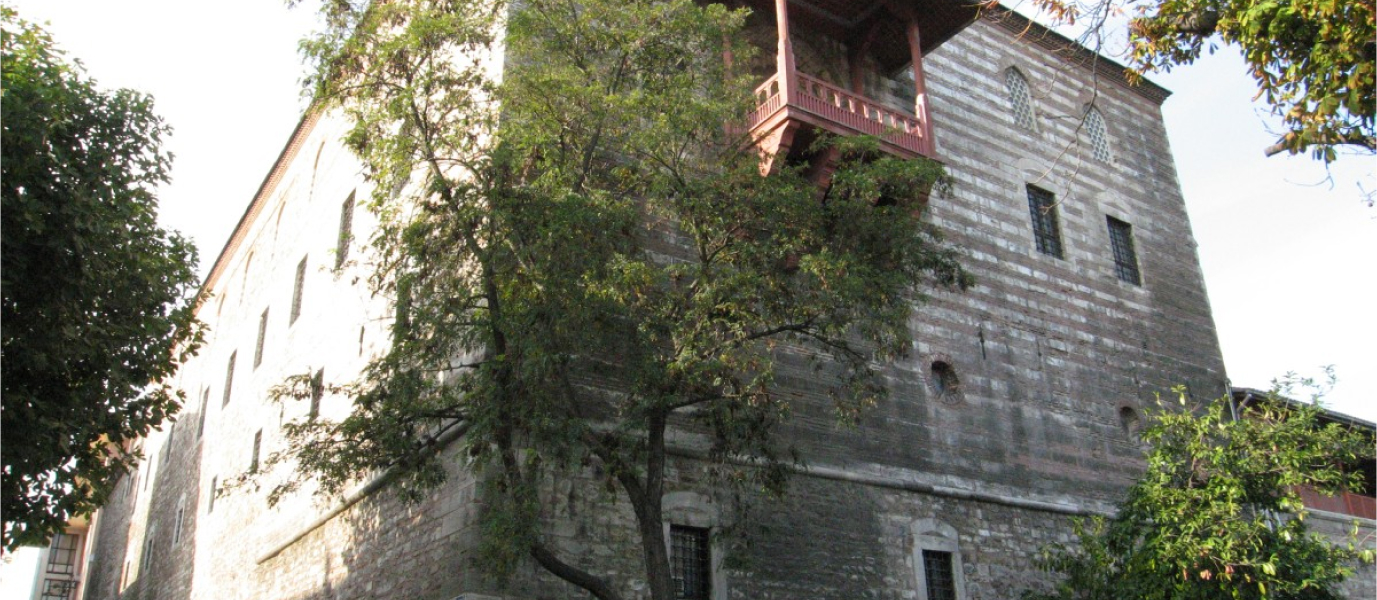Istanbul displays its rich heritage in a thousand ways in every corner of the city. Its intense contrasts and fascinating history are alive wherever you go. The old capital of the Roman, Byzantine and Ottoman empires has many interesting museums where you can delve deep into this culture.
The Archaeology Museum, for example, reveals the mark left behind by each of these ancient civilizations. Another essential stop is the Museum of Turkish and Islamic Art because it has an outstanding collection of more than 40,000 pieces that cover a wide historical period, running from the Umayyad Caliphate to the present day. A wide variety of objects and even some of the oldest rugs in the world await you in its halls.
The Museum of Turkish and Islamic Art: originally a palace
Sometimes museums are new buildings that are built specifically to house a collection. On other occasions, the building that contains the pieces is just as eye-catching as the museum itself. And that’s the case here, because when you cross the threshold of the Museum of Turkish and Islamic Art, you’ll find yourself inside a spectacular old palace.
This large building in Sultanahmet Square was a gift from sultan Suleiman the Magnificent to Ibrahim Pasha, his friend and grand vizier. Ibrahim is considered by many historians to be the most influential person of this historical period, despite having a tragic end when he was accused of treason and murdered.
The palace was built in 1524 using stone and brick and is one of the finest examples of Ottoman civil architecture. On Ibrahim’s death, it continued to be used as an official residence by ambassadors and ministers. It was restored many times over the centuries and on one occasion was significantly damaged by an earthquake that almost reduced it to ruins.
In 1914, the Islamic Foundation Museum opened its doors in one of the annexes to the magnificent Süleymaniye Mosque. It changed its name in 1923 to the Museum of Turkish and Islamic Art. However, it was cramped into a small space and needed to find a new home for a collection that didn’t stop growing.
It wasn’t until 1960 that it decided to restore Ibrahim’s palace to its former splendour and give it a new use by housing the museum. Work began and took more than fifteen years to fully adapt the palace. It opened to the public in 1983.
After intense refurbishment work between 2012 and 2014, the Museum of Turkish and Islamic Art reopened to celebrate its 100th anniversary and was better than ever, even including new exhibition spaces.
What to see at the Museum of Turkish and Islamic Art
One of the museum’s biggest attractions is its extremely rare objects that cannot be seen anywhere else. Over 40,000 pieces from different artistic periods are organised chronologically with pieces that date from the Umayyad Caliphate to the present day.
Rugs
Some of the museum’s masterpieces are its 13th century rugs from the Seljuk Empire. You’ll find the largest collection in the world here and extraordinary examples of these hand-crafted works.
Tombstones with symbols
Seljuk tombstones are highly unusual because their iconography isn’t remotely traditional and depicts griffins, dragons and other mythological creatures.
Manuscripts
Around 15,000 manuscripts are on display in the museum dating from the 8th to the 19th century; you’ll find various copies of the Qur’an set on lecterns, giving you the chance to appreciate these highly valued texts up close.
Other objects
Stone, ceramic, wood, glass, metal and even sarcophagi – there are pieces of every kind on display in the Museum of Turkish and Islamic Art and together they make a wonderful collection that helps visitors to better understand this culture. Don’t miss the sacred relic section where there is an important collection from Topkapi Palace.
The ground floor courtyard has a large room that focuses on ethnography, revealing what everyday life was like in 19th century Istanbul. Here you can discover the Turkish peoples and ethnic groups, with a special section that covers the nomadic tribes.
And don’t leave the museum without enjoying one of the best views of the Blue Mosque. The courtyard has a lovely terrace where you can have a relaxing cup of tea as you admire the spectacular, brightly coloured domes of this fabulous building.





































































